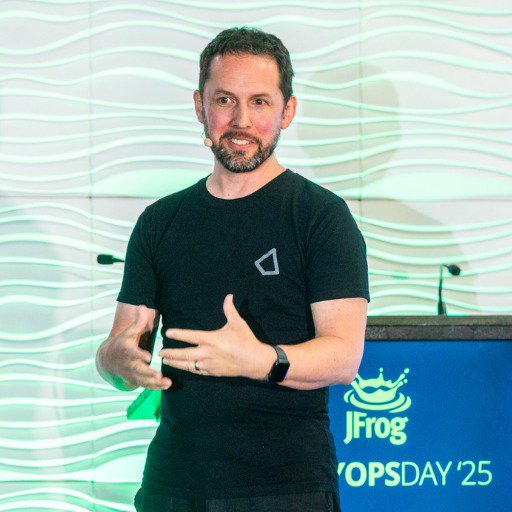Cybercrime is on track to cost $10.5 trillion by 2025 and attacks, especially ransomware, are now an everyday fact of life. Last week in New York, at a recent press briefing before the official commencement of Commvault Shift, Commvault disclosed that 78% of respondents in the CrowdStrike survey acknowledged they were hit by a ransomware attack in the past year.
With the rise of AI-driven threats and an avalanche of enterprise data, it’s not just a matter of “if” but “when” a cyber disruption will strike.
Sanjay Mirchandani, Chief Executive Officer at Commvault who’s lived through a breach as a former CIO, put it pretty simply: that recovery isn’t a nice to have… it’s essential to survival and to bounce back, quickly.
“[The] odds of you being actually breached are higher than not being breached,” Mirchandani said.
It’s a mindset shift that underpins Commvault’s latest release of Cloud Unity. The pitch for Unity isn’t just a basic backup and restore. Instead, it’s a recognition that modern enterprises are managing sprawling, fragmented data in the cloud, on-prem and in dozens of SaaS tools. The real challenge is stitching all of that together and then, when incidents hit, recovering quickly and getting back to business as quickly as possible.
In this day and age with AI, the pace and sophistication of attacks are only on the up and up, unfortunately. Attackers are innovating as fast as defenders, and organisations simply can’t rely on outdated processes. Unity’s approach is to unify fragmented environments into a single control point, more commonly known as a ‘single pane of glass,’ and converge data protection and security. The platform has been engineered for real time auditing, identity resilience and faster, cleaner recovery by using runbooks that reflect companies operational complexity.
The proverbial magic sauce is that sensitive data is automatically masked and protected, so AI models and analytics access data that’s both centralised and controlled.
The core challenge remains unchanged, which is that recovery is hard. Backing up is the cost of entry. Getting back to business confidently and quickly when something goes wrong is where most organisations stumble.
“[When] the security says you're good to go, you're actually good to go,” commented Mirchandani.
This means eradicating guesswork. Resilience is an active strategy to help guide practitioners. This is also about catching incidents early, automating response and recovering fast, even as environments grow more complex. The lines between backup and security are fading and are blending.
“Data protection and data security are coming together,” added Mirchandani.
The main ingredient is how fast and how reliably you as a company can recover, and it could become your most important defence and most critical asset to maintaining customer trust.









